■ Previous GM Sound Source Series
GM Sound Source 01: Ancient GM Sound Sources
GM Sound Source 02: Piano Category
GM Sound Source 03: Chromatic Percussion Category
GM Sound Source 04: Organ Category
GM Sound Source 05: Guitar Category
GM Sound Source 06: Bass Category
GM Sound Source 07: Orchestra Category
GM Sound Source 08: Ensemble Category
GM Sound Source 09: Brass Category
This category focuses on reed instruments. It is one of the rare categories that was not expanded in GM2. Reed instruments refer to woodwinds with a reed (cane-based sound mechanism). Air reed instruments are also woodwinds, but GM sound sources classify them separately. It is beneficial to categorize instruments based on their sound-producing mechanisms, and ideally, their common names should be reconsidered as well. The traditional classifications of brass and woodwinds do not accurately reflect their essence and can lead to misunderstandings.
In the video below, you can listen to the tones from the TTS-1 synthesizer.
Saxophone
Numbers 065-068 represent saxophones. Among wind instruments, the saxophone is relatively modern, invented in the 1840s (late Edo period) by Adolphe Sax from Belgium. It has a conical bore, which allows for rich overtones. Its excellent playability enables highly technical and expressive performances. Originally, there were about 12 different types of saxophones classified by pitch range, but only about half of them are commonly used today. Since saxophones share similar fingering, switching between different types is practical, and many players use more than one depending on the situation.
GM sound sources cover the most common saxophones: soprano, alto, tenor, and baritone. However, accurately reproducing the expressive nuances of a saxophone using GM sound sources is difficult, often resulting in a flat and expressionless tone.
065 000 Soprano Sax - Range: F#3-D#6
The soprano saxophone plays in the higher register among commonly seen saxophones. There is an even higher-pitched saxophone called the sopranino, but it is quite rare. Most soprano saxophones have a straight body, making them visually distinct from other saxophones. However, some models have a curved shape similar to an alto saxophone, making them appear much smaller—almost toy-like. Despite its small size, producing a stable and beautiful sound on a soprano saxophone requires a high level of skill.

066 000 Alto Sax - Range: C#3-G#5
The alto saxophone plays in the mid-to-high range and is one of the most commonly used saxophones, especially in popular music. Its appearance is often what people imagine when they think of a saxophone. Due to its ease of handling and relatively affordable price, many beginners start with the alto sax. In higher registers, the tone becomes raspy, but in the TTS-1 version, the sound is excessively smoky.
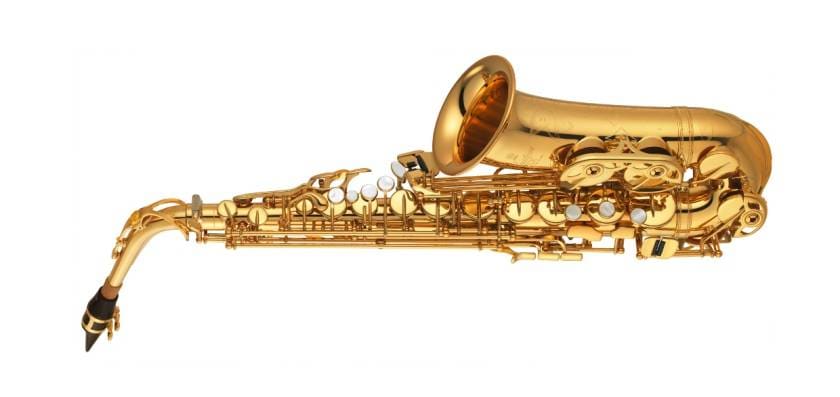
067 000 Tenor Sax - Range: F#2-D#5
The tenor saxophone covers the mid-range. Increasing velocity adds a buzzy quality to the tone. In jazz, the tenor sax is often heard more frequently than the alto sax.
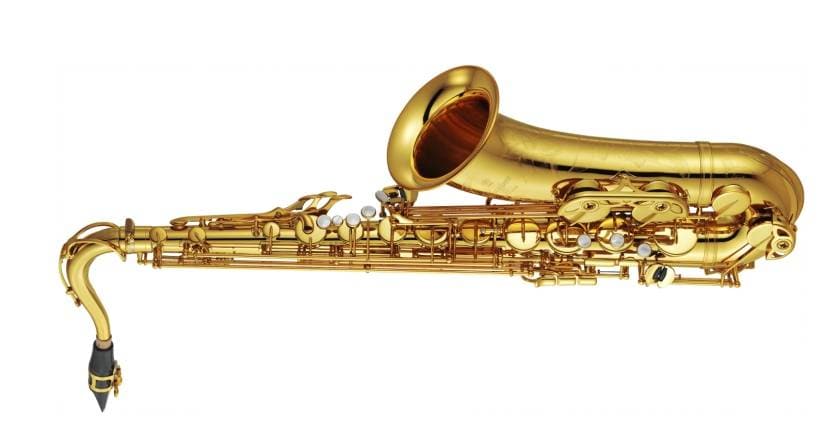
068 000 Baritone Sax - Range: C#2-G#5
The baritone saxophone plays in the mid-to-low range. A contrabass saxophone exists below it, but due to its immense size, it is rarely played. The baritone sax is likely the lowest-pitched saxophone that can still be played while standing. Its crisp, well-articulated low-end sound is its main appeal, and the TTS-1 captures some of that character.
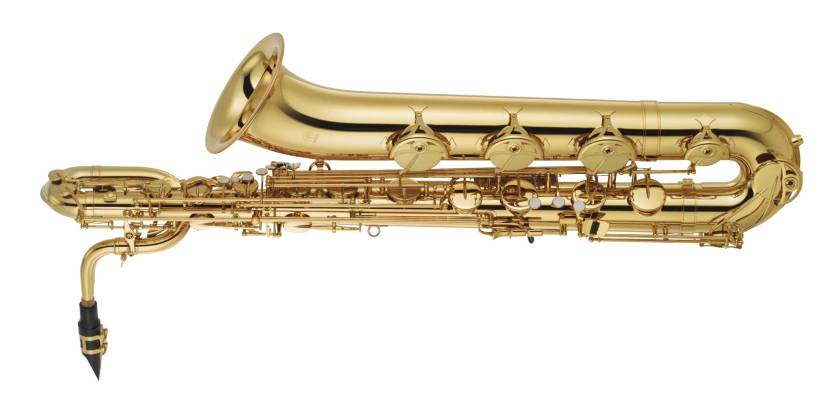
069 000 Oboe - Range: A#3-G6
The oboe is a double-reed instrument, making it more difficult to play and maintain than single-reed instruments. Like the saxophone, it has a conical bore, contributing to its unique harmonic structure. Its distinctive, somewhat nasal tone is part of its charm. In orchestras, the oboe’s A4 (440-443 Hz) is used as the tuning reference for the entire ensemble. The oboe’s pitch stability makes it an ideal reference, but since its pitch cannot be easily adjusted, other instruments must tune to it. Different ensembles use different tuning standards, with classical orchestras often favoring 442 Hz.

070 000 English Horn - Range: E3-A5
Despite being called the English horn, its proper name is cor anglais, and it is another double-reed instrument similar to the oboe. It is pitched a fifth lower than the oboe, and oboists often play it as well. Its bulbous bell at the end of the instrument makes it easy to distinguish from the oboe. Though structurally similar, differences in reed size and bore shape give the English horn a rounder, more melancholic tone.

Photo: Sourced from Manufacturer’s Website
071 000 Bassoon - Range: A#1-C5
Also known as the fagotto, the bassoon is another double-reed instrument. It is a low-pitched instrument primarily used for bass parts, though its wide range of over three octaves allows it to play melodies in higher registers as well. Acoustic instruments are generally expensive, but the bassoon is among the priciest portable instruments, often costing over 2 million yen—comparable to a mid-range grand piano. Even the least expensive models start at around 1 million yen.

072 000 Clarinet - Range: D3-G6
The clarinet is a cylindrical closed-pipe instrument with an extensive range of over three and a half octaves. It has a long history, having been developed about 300 years ago and continuously refined ever since. Originally, the clarinet had only two keys, primarily to assist with unreachable notes. Over time, as more tone holes were added, the keys evolved to improve tuning, volume, and overall playability. This eventually led to the adoption of a key system inspired by Theobald Boehm, who also revolutionized flute design. The modern clarinet, with its extensive keywork, balances technical efficiency with ideal acoustic design.

The “sound & person” column is made up of contributions from you.
For details about contributing, click here.











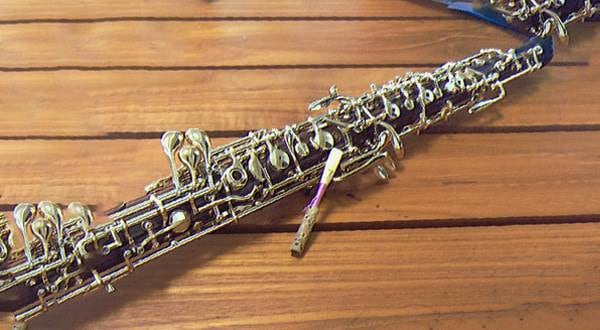


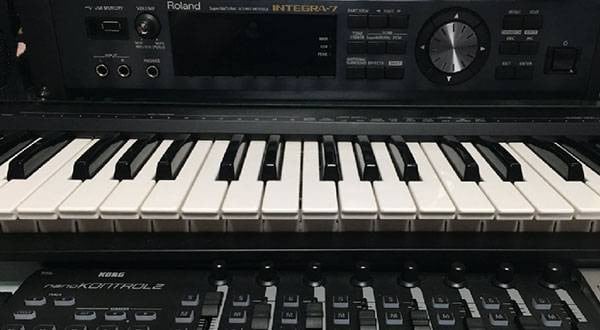
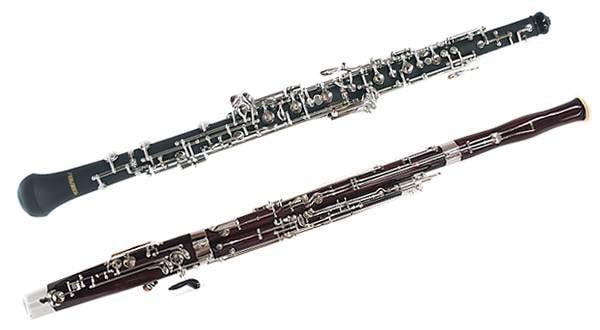

 DTMセール情報まとめ
DTMセール情報まとめ
 プラスチック管楽器特集
プラスチック管楽器特集
 DTMに必要な機材
DTMに必要な機材
 デジタル管楽器とは
デジタル管楽器とは
 サウンドハウス虎の巻 管楽器入門ガイド
サウンドハウス虎の巻 管楽器入門ガイド
 DTM・DAW購入ガイド
DTM・DAW購入ガイド















